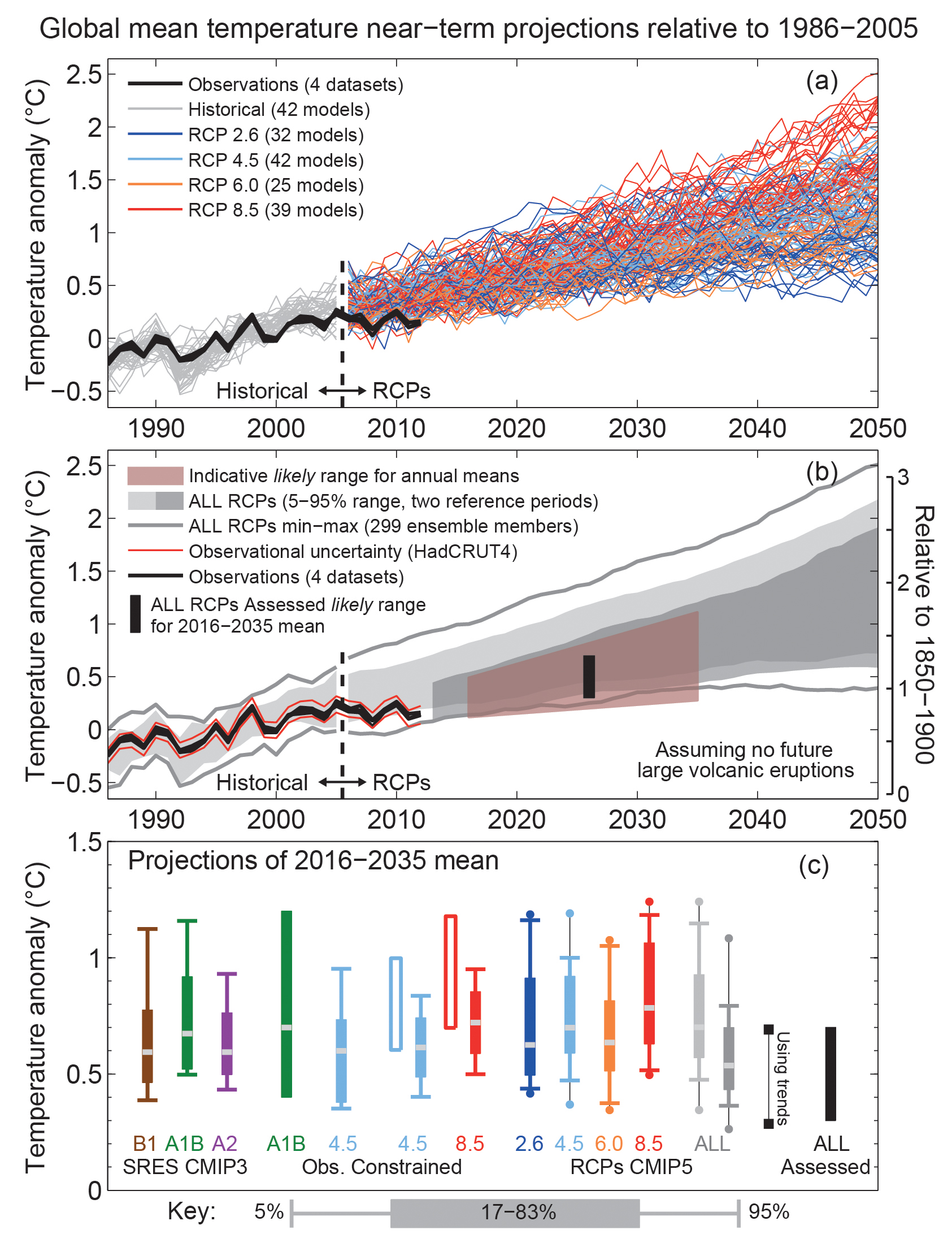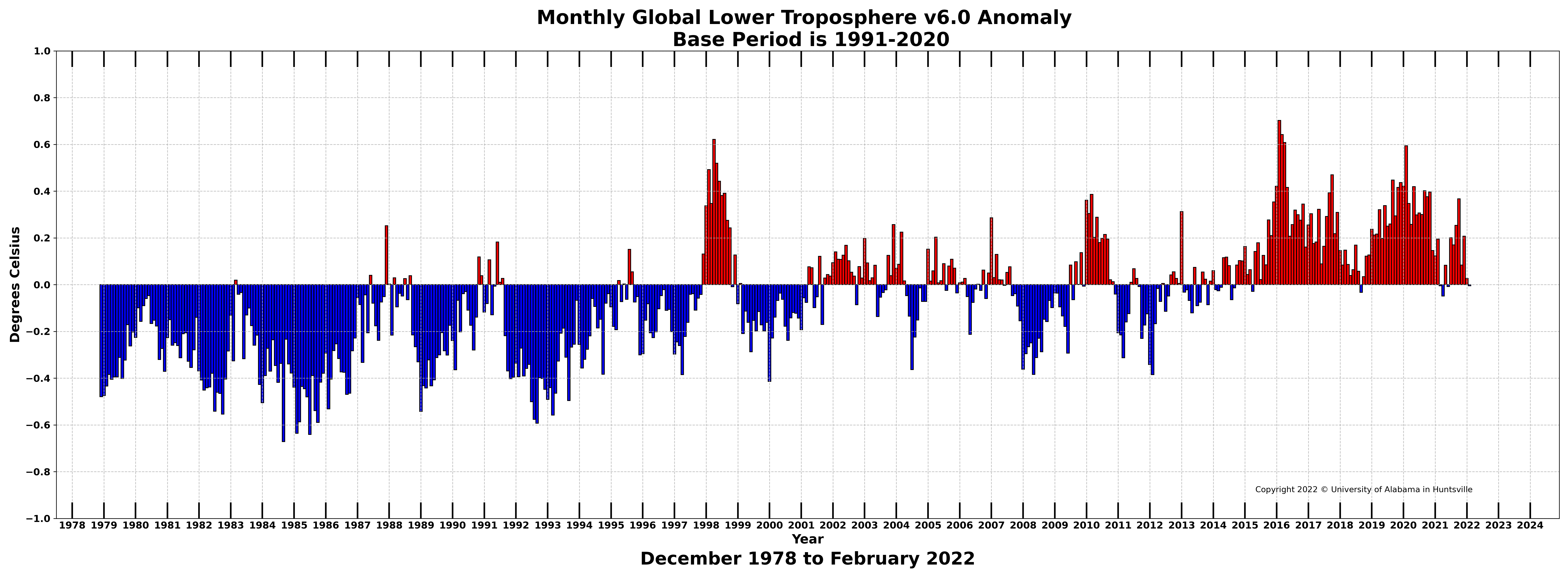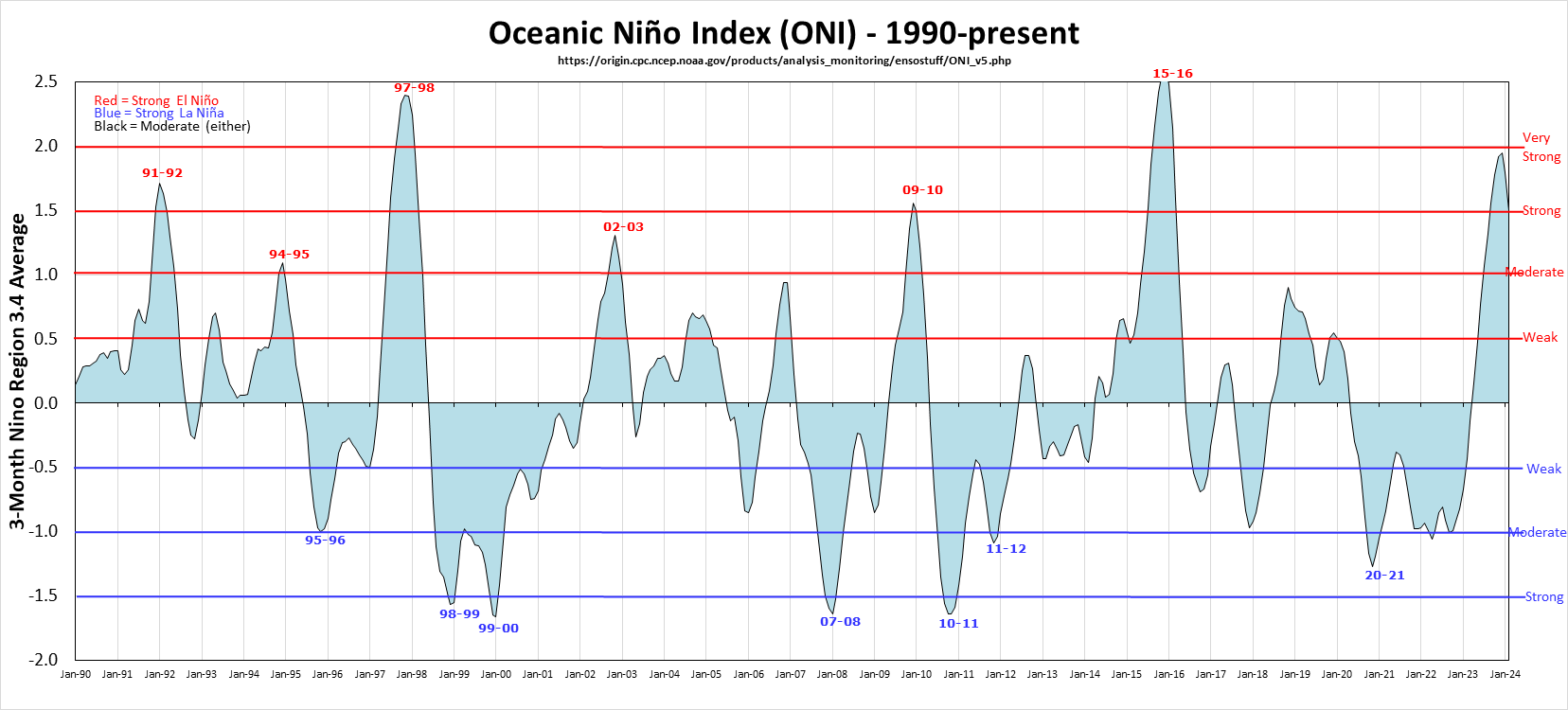Oh, no! Freedom in the U.S. is declining! How do we know that? Freedom House says so. My favorite website for visualizing freedom around the world shows freedom in the U.S. declining starting in 2016. Hmmm....who was elected that year?
Their reasoning is, to put it mildly, spurious. Okay, it's a crock of crap. Essentially it's a list of left-liberal talking points about Donald Trump and—without any evidence—how he has supposedly reduced freedom in the U.S.; and they have a survey of opinions to prove it! Those glorious opinions are so much more persuasive than facts and logic. The summary of why they reduced the score from 90 in 2016 to 86 in 2018 is:
And whatever Trump's supposed "violations of basic ethical standards"—standards known only to Freedom House—they have not reduced freedom in the U.S. in any way whatsoever. That's the beauty of the Constitution's restrictions on government power, which, incidentally, haven't changed in—wait for it—over TWO CENTURIES, regardless of who has been elected President. Frankly, it's hard to imagine a worse violation of basic ethical standards than former President Obama conveying to Vladimir Putin through Russian president Dmitry Medvedev his "flexibility" to remove defensive missile installations from Poland after the 2012 election is over; high on Moscow's wish list to incapacitate its opponents. Obama won't do anything during an election year because it might hurt his chances at re-election as Americans see he kowtows to Moscow. He is the consummate politician: saying one thing to please the electorate while intending to do the opposite.
The last point about a "reduction in transparency" is a flat out lie. President Trump has done exactly the opposite. He has increased government transparency and accountability, requiring agencies under his direction to be more forthright about their rule-making processes and—in the case of the EPA—publishing the the scientific studies they claim support their rules; something they never did before. President Trump has been a vocal and energetic advocate of "draining the swamp" in Washington D.C. and he is doing exactly that, despite the overwhelming bureaucratic and institutional inertia working against him.
The upshot of Freedom House's arbitrary down-ranking of the U.S. is that countries which have essentially no protection for freedom of speech score higher than the U.S. (86), like Canada (99), Australia (98), New Zealand (98), the U.K. (94). The U.S. has arguably the strongest protection of freedom of speech of any democratic republic. It's enshrined in the FIRST amendment of the Constitution. There have been several recent high-profile cases in the U.K. (see also here) and Canada (also here and here) where people have been fined or have gone to jail because what they said was offensive to others. U.S. courts have repeatedly struck down defamation cases in deference to the First Amendment's protection of speech. So Freedom House puts the freedom score for the United States just above Poland (85), Mongolia (85), Romania (84), Ghana (83) and Argentina (83). Pretty funny, Freedom House.
Contrary to the silly reasoning given by Freedom House, in the last 17 months, President Trump has increased accountability of the agencies under his direction and returned power to the people; power that was taken away by bureaucrats in those agencies under previous administrations. He has instituted an investigation of voter fraud; fraud which erodes the democratic process. He has increased health insurance choice and worked to reduce or remove tariffs on American goods by countries professing to favor free markets. He has strengthened support for NATO and our allies and aggressively acted to economically isolate the enemies of freedom like Iran, North Korea, and Russia. Yes, Russia.
Here is a list of Trump accomplishments in the first 500 days in office. It's obvious that he has done much more to strengthen freedom in the United States and around the world than his predecessor. But you wouldn't know that from Freedom House.
The United States’ political rights rating declined from 1 to 2 due to growing evidence of Russian interference in the 2016 elections, violations of basic ethical standards by the new administration, and a reduction in government transparency.Never mind that Russia has "interfered" in every U.S. election going back several decades but, as with the 2016 election, the evidence shows it has had no consequential effect. Freedom House ignores, of course, the incontrovertible evidence that the Clinton campaign colluded with Russians in a misinformation campaign ("opposition research") on then-candidate Trump, almost all of which was false.
And whatever Trump's supposed "violations of basic ethical standards"—standards known only to Freedom House—they have not reduced freedom in the U.S. in any way whatsoever. That's the beauty of the Constitution's restrictions on government power, which, incidentally, haven't changed in—wait for it—over TWO CENTURIES, regardless of who has been elected President. Frankly, it's hard to imagine a worse violation of basic ethical standards than former President Obama conveying to Vladimir Putin through Russian president Dmitry Medvedev his "flexibility" to remove defensive missile installations from Poland after the 2012 election is over; high on Moscow's wish list to incapacitate its opponents. Obama won't do anything during an election year because it might hurt his chances at re-election as Americans see he kowtows to Moscow. He is the consummate politician: saying one thing to please the electorate while intending to do the opposite.
The last point about a "reduction in transparency" is a flat out lie. President Trump has done exactly the opposite. He has increased government transparency and accountability, requiring agencies under his direction to be more forthright about their rule-making processes and—in the case of the EPA—publishing the the scientific studies they claim support their rules; something they never did before. President Trump has been a vocal and energetic advocate of "draining the swamp" in Washington D.C. and he is doing exactly that, despite the overwhelming bureaucratic and institutional inertia working against him.
The upshot of Freedom House's arbitrary down-ranking of the U.S. is that countries which have essentially no protection for freedom of speech score higher than the U.S. (86), like Canada (99), Australia (98), New Zealand (98), the U.K. (94). The U.S. has arguably the strongest protection of freedom of speech of any democratic republic. It's enshrined in the FIRST amendment of the Constitution. There have been several recent high-profile cases in the U.K. (see also here) and Canada (also here and here) where people have been fined or have gone to jail because what they said was offensive to others. U.S. courts have repeatedly struck down defamation cases in deference to the First Amendment's protection of speech. So Freedom House puts the freedom score for the United States just above Poland (85), Mongolia (85), Romania (84), Ghana (83) and Argentina (83). Pretty funny, Freedom House.
Contrary to the silly reasoning given by Freedom House, in the last 17 months, President Trump has increased accountability of the agencies under his direction and returned power to the people; power that was taken away by bureaucrats in those agencies under previous administrations. He has instituted an investigation of voter fraud; fraud which erodes the democratic process. He has increased health insurance choice and worked to reduce or remove tariffs on American goods by countries professing to favor free markets. He has strengthened support for NATO and our allies and aggressively acted to economically isolate the enemies of freedom like Iran, North Korea, and Russia. Yes, Russia.
Here is a list of Trump accomplishments in the first 500 days in office. It's obvious that he has done much more to strengthen freedom in the United States and around the world than his predecessor. But you wouldn't know that from Freedom House.











